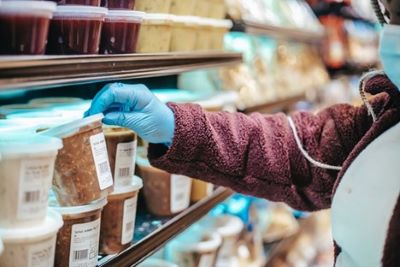
How to Read a Halal Food Label: What to Look for and Avoid
When it comes to food, Muslims have specific dietary restrictions. This can make grocery shopping and food preparation a bit tricky. But with a little knowledge about how to read a Halal food label, you can easily navigate the world of food labeling. This blog post will guide you on how to read a Halal food label and what to look for and what to avoid to make informed decisions about what you put in your body.
What foods are Halal or permissible?
The term 'Halal' refers to anything permissible according to Islamic law. Halal food means that the food is clean and does not contain any harmful or forbidden ingredients such as pork, alcohol, and blood.
According to Islamic rites, Halal food must be prepared in a clean environment, and animals must be slaughtered humanely. Halal seafood according to most scholars includes all types of fish, shrimp, crab, lobster, and nearly every other purely aquatic creature. Eggs and dairy products are also considered Halal, as long as they come from Halal animals not fed any prohibited substances.
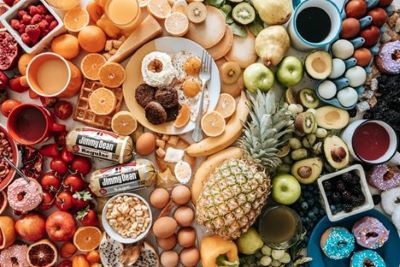
What foods are Haram or prohibited?
The term 'Haram' refers to anything not permissible according to Islamic law. Haram food means it contain pork or its by-products or any other forbidden ingredients. This includes bacon, ham, and lard. Alcohol is also considered haram, including any food or drink containing ethanol, such as beer, wine, and liquor.
Food not prepared in a clean or Halal environment is also considered uncertifiable. For example, when Halal food is prepared in a kitchen that also prepares non-Halal food such as pork or alcohol or is exposed to “najs” (filth).
How can you tell if a food product is really Halal?
Muslims need to be extra cautious about the food they're eating. But what does that mean, exactly? And how can you tell if a food is really Halal? There are a few different ways to do this.
1- Check if the food is Halal certified, meaning it has been prepared according to Islamic law.
This includes ensuring that the food doesn't contain any forbidden ingredients and has been slaughtered in an Islamic way. If food is certified Halal, it will usually have a Halal symbol on the packaging and more importantly the Halal logo mark should be clearly associated with a known Halal certification company whom you can call directly to verify a product’s Halal status.

2- Read the food label to ensure all the ingredients are Halal.
Unfortunately, not all food companies put Halal symbols on their products, so you'll need to know what ingredients to look for. For example, some food additives, preservatives, and emulsifiers are made from animal products that are not Halal. If the product contains gelatin, it is likely from pork unless specifically stated that it is vegetable or fish based, Halal certified, vegan certified or even in some cases kosher certified. However, a person cannot solely rely upon kosher symbol as many rabbis consider animal by products, including collagen and gelatin, kosher pareve (neutral and allowed), regardless of if the animal was slaughtered in a Halal or Kosher manner. This in unacceptable in Islamic law.
Why reading food labels is important?
The food industry is highly regulated, and food companies must list all of the ingredients in their products on the label. This includes basic ingredients, food additives, preservatives, colorings, and flavorings. You might be surprised to learn that some of these ingredients are actually not Halal. For example, many enzymes, emulsifiers, flavorings, and food colorings are Mushbooh (doubtful and unclear) because their origin is unknown to the consumer.
What are Mushbooh ingredients?
Mushbooh is an Arabic word for doubtful. Muslims are recommended to stay away from doubtful things. Food products and ingredients whose sources are unknown, whether made from Halal or Haram sources, fall under this category.
For example, yeast extract from brewer's yeast is considered Halal by many scholars; others believe that it is Mushbooh because the source of the yeast extract is not known to the consumer.
Cochineal/Carmine color E120 is another ingredient made from crushed insects and process using ethanol. It is considered Haram by certain Islamic schools of thought. Many food companies use this coloring because it is very cheap, readily available and gives food like yogurt and ice cream a nice natural red color.
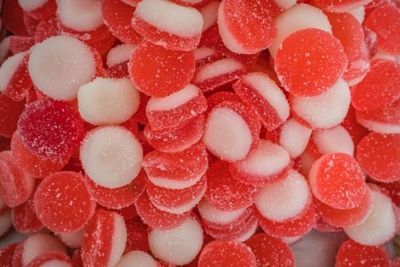
Some other common Mushbooh ingredients include gelatin, emulsifiers, and monoglycerides. While these ingredients can come from both Halal and haram sources, it is often difficult to determine their origin. As a result, many Halal consumers err on the side of caution and avoid consuming products that contain them unless they’re Halal certified.
However, if you are looking for a Halal food product, it is always best to choose one certified by a reputable organization. This way, you can be sure that your food is truly Halal.
We, at ISA Halal, offer a globally recognized Halal certification and ensure the food products we certify comply with Halal food laws. We aim to raise awareness and encourage people to consciously make Halal choices.
You may still directly contact ISA or any other Halal certifier to verify the status of the Halal labeled product(s).
How to read a Halal food label?
Reading Halal food labels can be tricky, especially if you're unfamiliar with all the terms. Here's a quick guide to help read a Halal food label:
Enzymes
Enzymes are the proteins used to speed up chemical reactions in food. They are used in dairy products, baking, and fruit juices. Food labels usually don't specify the enzyme origin — making it Mushbooh. Enzymes derived from haram animals, or their derivatives are considered to be haram as a default. The source of animal enzymes is a concern for Halal consumers. However, enzymes of microbial and plant origin are normally permissible but should be closely reviewed or certified by the Halal industry.
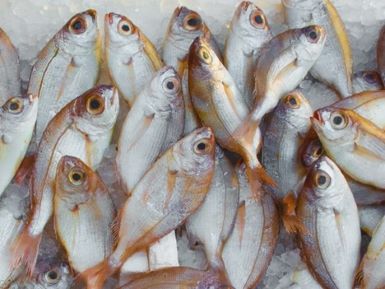
Emulsifiers
Emulsifiers are substances that are used to stabilize mixtures of oil and water. They are used in fat-based products like salad dressing, and it's very common in low-fat formulations such as ice cream. They're also used in bread and baked goods, ready meals, and microwaveable food items.
The most common emulsifiers in the world include MAG, DAG, and their derivatives, which account for over 70% of all emulsifiers. MAG and DAG are made from fats and oils, and chemical glycerolysis is used in their production. They are Mushbooh if the source of these emulsifiers is not known to the consumer.
Gelatin
Gelatin is mostly derived from pigskin and is used as a food additive in many processed food items and medicinal products. It is frequently used as a food thickener or gelling agent. Gelatin and gelatin-based food products are presently classified as doubtful or Mushbooh because haram (porcine) gelatin is the most abundant. Porcine content is 46% of total gelatin production, bovine hide is (29.4%), and a mix of pork and cattle bones is (23.1%).
However, efforts have been made to produce gelatin from Halal sources, such as fish, chicken, and bovine slaughtered in accordance with Islamic regulations. So, it is crucial to check food labels to see if the gelatin used in the food is from a permissible source and the finished product is Halal certified.
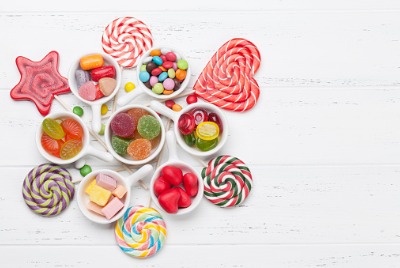
Flavorings
Flavorings are used to enhance the taste of food. They can be natural or artificial and come from both Halal and haram sources. If a food flavoring is derived from an animal source, it must come from a permissible source for the food to be considered Halal.
Food Additives
You might not realize it, but the foods you eat daily contain various additives. These substances are added to food to improve its taste, texture, or shelf life. Food additives can be natural or artificial, and they are found in both processed and unprocessed foods. While some additives are considered safe for human consumption, others have been linked to health problems. Consequently, there is a lot of controversy surrounding the use of food additives.
For Muslims, the concern is not only about the safety of food additives but also whether or not they are Halal. Hence, you should always check the food label to see if the additive is from a permissible source and the finished product is Halal certified.

Use of E-numbers in food labeling
E-numbers in food labeling is an initiative by the European Union (EU), which is universally adopted by the food industry. They are classified according to their function, and each E-number corresponds to a specific food additive.
As mentioned earlier, E120 is a food coloring derived from Cochineal insects, which is not permissible for Muslims to consume according to most Islamic schools of thought or overseas Halal governing bodies
The E numbers for various food additives in the food industrydo not indicate whether they are animal or plant-based, hence, making them Mushbooh. According to some previous reports, hydrogenated lard, a prohibited ingredient under Halal food laws, may have been used to generate some commercially available food additives.
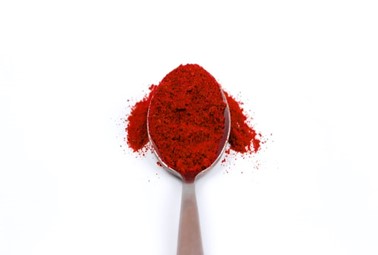
From a religious standpoint default, Muslim consumers are not permitted to use goods derived from non Halal animal sources, in particular in the absence of a complete chemical transformation. For example, if the label reads this product contains E471, it becomes doubtful because the source is usually not indicated. Transparency and accuracy in food labeling can help consumers verify whether the product's status is either Halal, haram or doubtful.
Conclusion
Now that you are better prepared how to read a Halal food label, you can decide what to eat and avoid. Be sure to check the food label carefully before purchasing or consuming any food products. Check the ingredients list and E numbers for any red flags, and look for the authentic Halal symbol on food products
You can also opt to call the manufacture to inquire more about their ingredients and request they only source Halal ingredients. If they demand is great enough, the supply will follow!
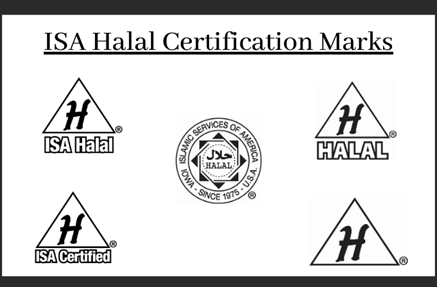
Lastly, if you're ever unsure about an ingredient, it's always best to err on the side of caution and avoid consuming it. By understanding these key points, you can be a more informed and responsible Halal consumer.
If you have any questions or comments about this blog post, contact us at isa@isahalal.com